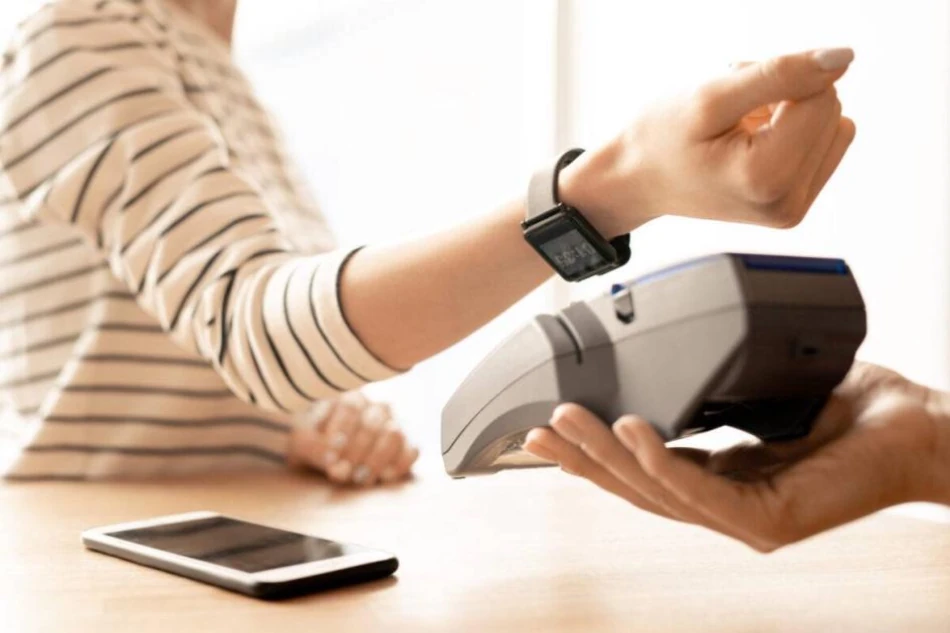
Wearable Devices: A Lucrative Target for Cyber Attacks
UAE Faces Cyber Crisis as Wearable Devices Become Prime Hacking Targets
The United Arab Emirates is experiencing a sharp surge in cyberattacks targeting wearable technology, with over 75% of smartwatches, fitness trackers, and medical devices running on default security settings that make them easy prey for hackers. This vulnerability represents a critical weak link in the nation's digital infrastructure, particularly as these devices increasingly handle sensitive health and financial data across medical, industrial, and commercial sectors.
The Scale of the Problem
Recent security reports reveal alarming statistics about the UAE's wearable device vulnerabilities. Approximately 60% of digital security incidents stem from poor security configuration or unsafe credential usage, according to cybersecurity experts tracking the region's threat landscape.
The problem extends far beyond individual privacy concerns. As Dr. Emad Fahmy, Regional Systems Engineering Director at NetScout, explains, the rapid proliferation of Internet of Things (IoT) devices in healthcare and fitness sectors has dramatically expanded the attack surface for cybercriminals.
Why Wearables Are Particularly Vulnerable
Unlike smartphones or laptops, wearable devices are often developed with convenience prioritized over security. Market pressures to launch products quickly frequently result in shortened cybersecurity protocols during development. This rush-to-market mentality creates devices that are fundamentally insecure from day one.
Common Attack Vectors and Methods
Cybersecurity expert Osama Al-Zoubi from Phosphorus reveals that smartwatches face sophisticated attacks like "SmartAttack," which uses ultrasonic signals to extract data without the user's knowledge. Meanwhile, wireless earbuds are targeted through Bluetooth chip vulnerabilities, and fitness trackers have become prime targets due to the sensitive health data they collect and transmit.
The most concerning aspect is the variety of devices under threat. Beyond consumer gadgets, attackers are increasingly targeting medical devices including insulin pumps and glucose monitors—devices where security breaches could have life-threatening consequences.
User Behavior Amplifies Risk
The human factor significantly compounds these technical vulnerabilities. Common user mistakes include:
• Delayed installation of security updates
• Failure to change default passwords
• Connecting to unsecured public Wi-Fi networks
• Neglecting privacy settings monitoring
• Careless sharing of personal data
Regional and Global Context
The UAE's experience mirrors global trends but with unique regional characteristics. Unlike Singapore or the United States, where regulatory frameworks for IoT security are more established, the Gulf region is still developing comprehensive cybersecurity standards for wearable devices.
This regulatory gap creates opportunities for cybercriminals while leaving consumers and businesses exposed. The UAE's position as a major business hub and tourist destination makes it an attractive target for cybercriminals seeking access to diverse datasets and financial information.
Market and Investment Implications
For investors and technology companies, these security challenges present both risks and opportunities. The growing threat landscape is driving demand for advanced cybersecurity solutions, particularly those offering multi-layered protection approaches that include continuous monitoring, real-time threat response, and comprehensive device management.
Companies developing wearable devices will need to significantly increase their security investments or risk regulatory backlash and consumer abandonment. This shift could favor established technology giants with robust security infrastructure over smaller, agile startups that may lack comprehensive cybersecurity capabilities.
The Path Forward: Multi-Layered Defense
Cybersecurity experts emphasize that protecting wearable devices requires a comprehensive approach that goes beyond individual user actions. Organizations must implement perimeter defense systems, continuous monitoring, and precise data traffic analytics to create effective protection.
Essential Security Measures
The cybersecurity community recommends several critical steps for users and organizations:
For Individual Users:
• Deploy strong, unique passwords combining letters, numbers, and symbols
• Enable two-factor authentication for additional security layers
• Maintain current system and software updates
• Review application permissions to limit unnecessary data access
• Disable Bluetooth or GPS when not needed
• Activate remote lock and wipe features
For Organizations:
• Implement continuous network device monitoring
• Deploy advanced security solutions with immediate threat response
• Establish comprehensive device management protocols
• Provide regular cybersecurity awareness training
Looking Ahead: Technology vs. Threats
The fundamental challenge facing the UAE—and the broader region—is that security measures continue to lag behind the pace of threat evolution. As Al-Zoubi notes, integrating advanced technology with enhanced security awareness among users and institutions has become an urgent necessity rather than a future consideration.
The stakes are particularly high given the UAE's ambitions to become a global technology hub. Failure to address these vulnerabilities could undermine confidence in the nation's digital infrastructure and potentially impact its broader economic transformation goals.
Success in addressing these challenges will likely require coordinated efforts between government regulators, technology companies, and cybersecurity firms to create comprehensive protection frameworks that can adapt to evolving threats while maintaining the convenience and functionality that make wearable devices attractive to consumers and businesses alike.
Most Viewed News

 Omar Rahman
Omar Rahman






